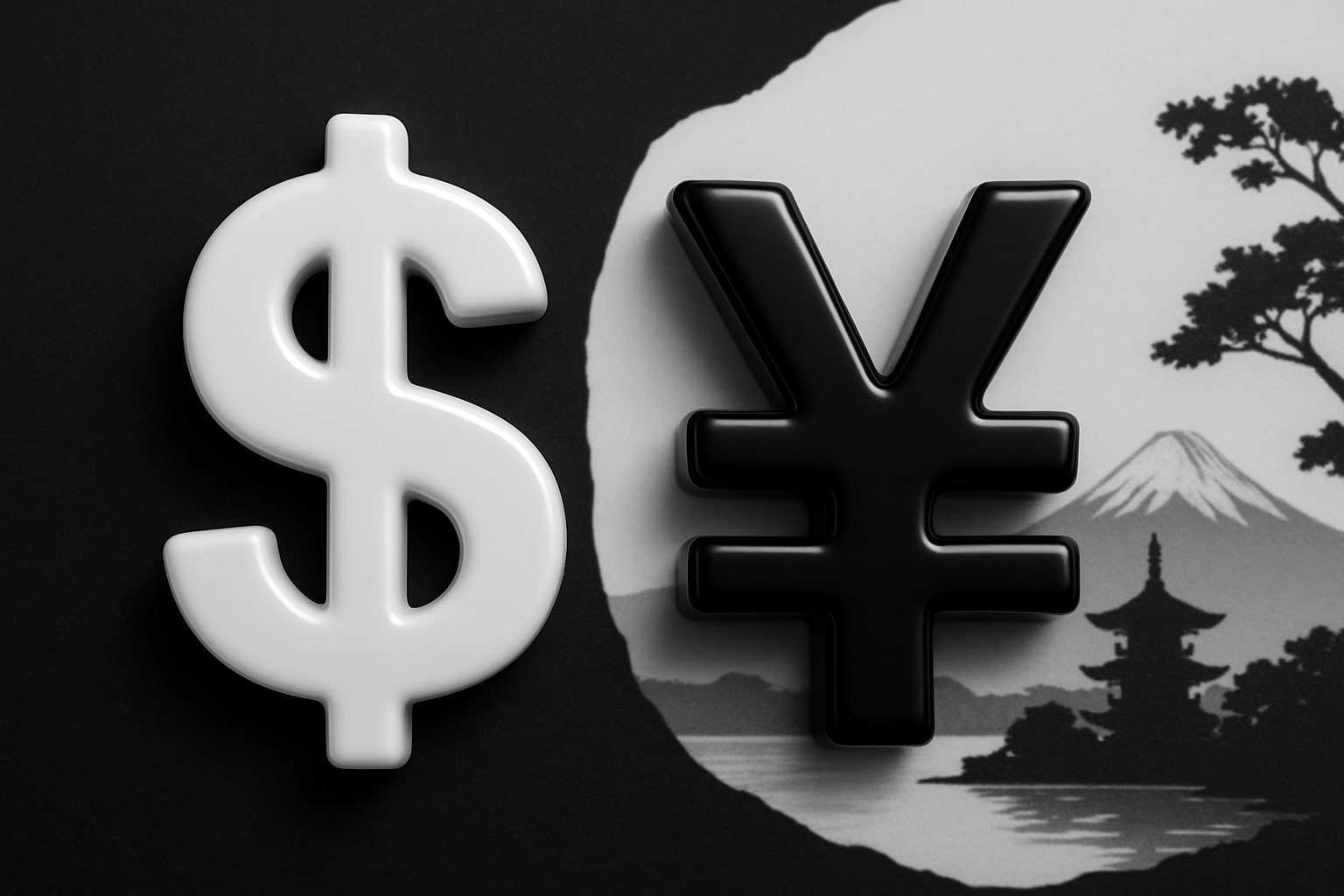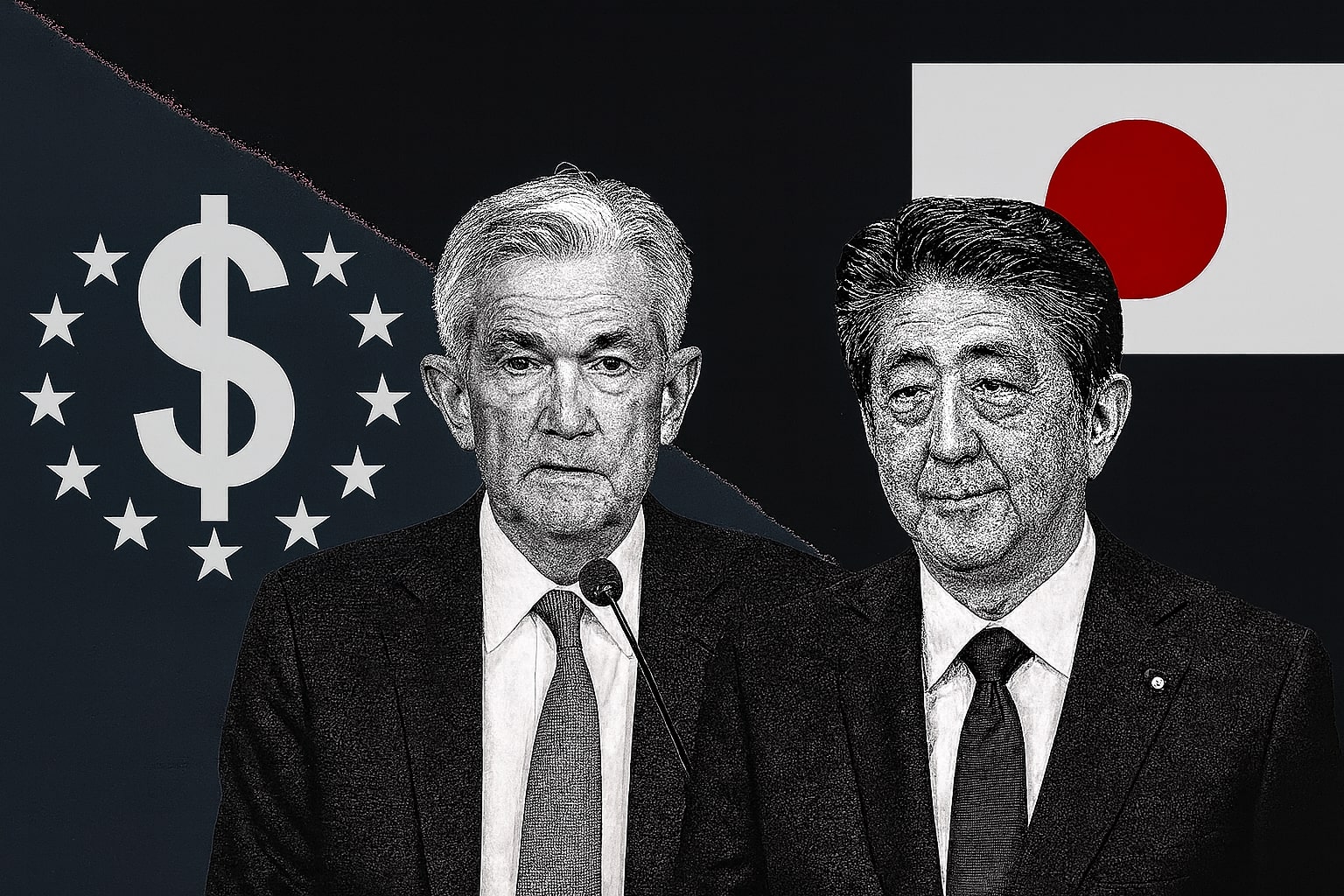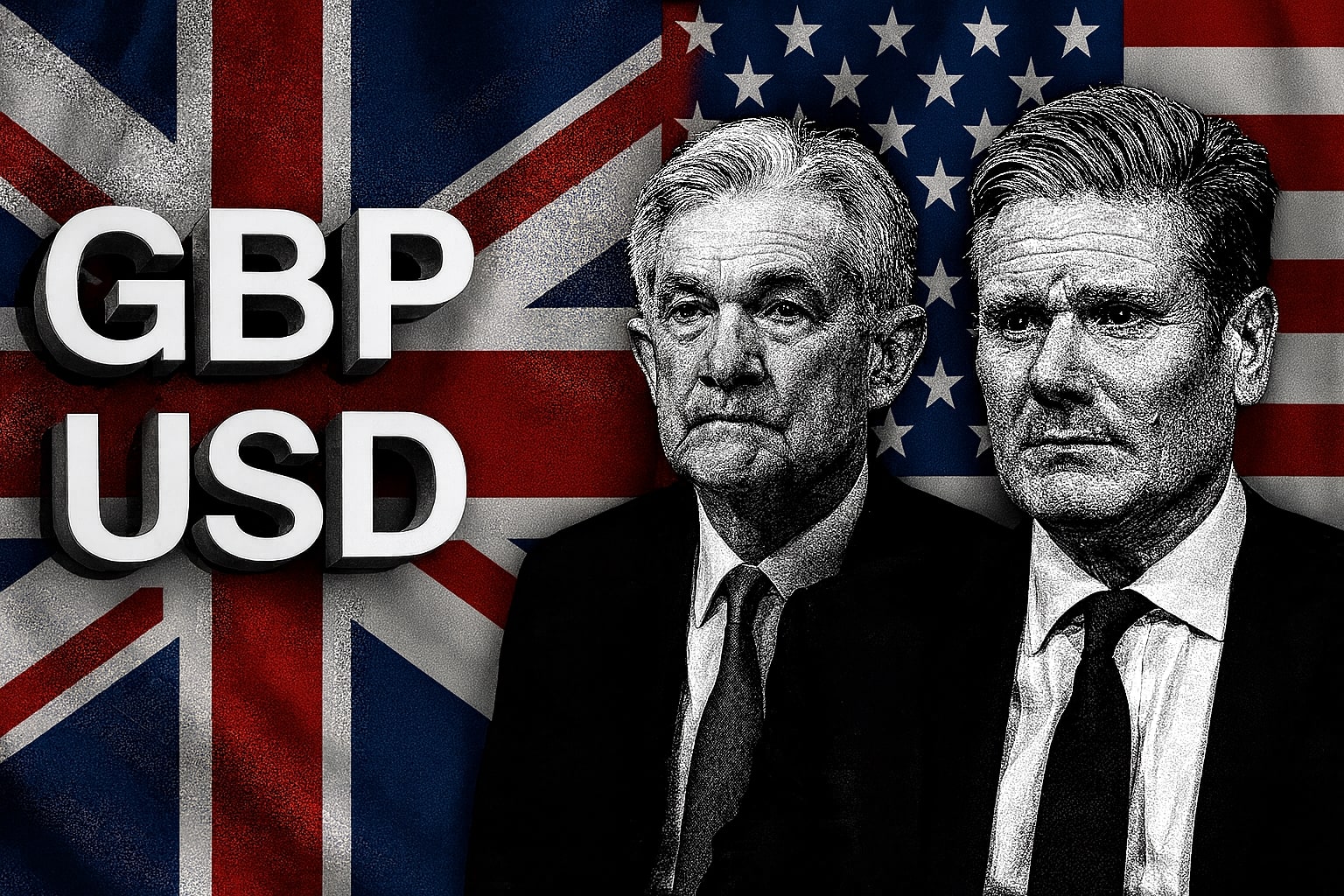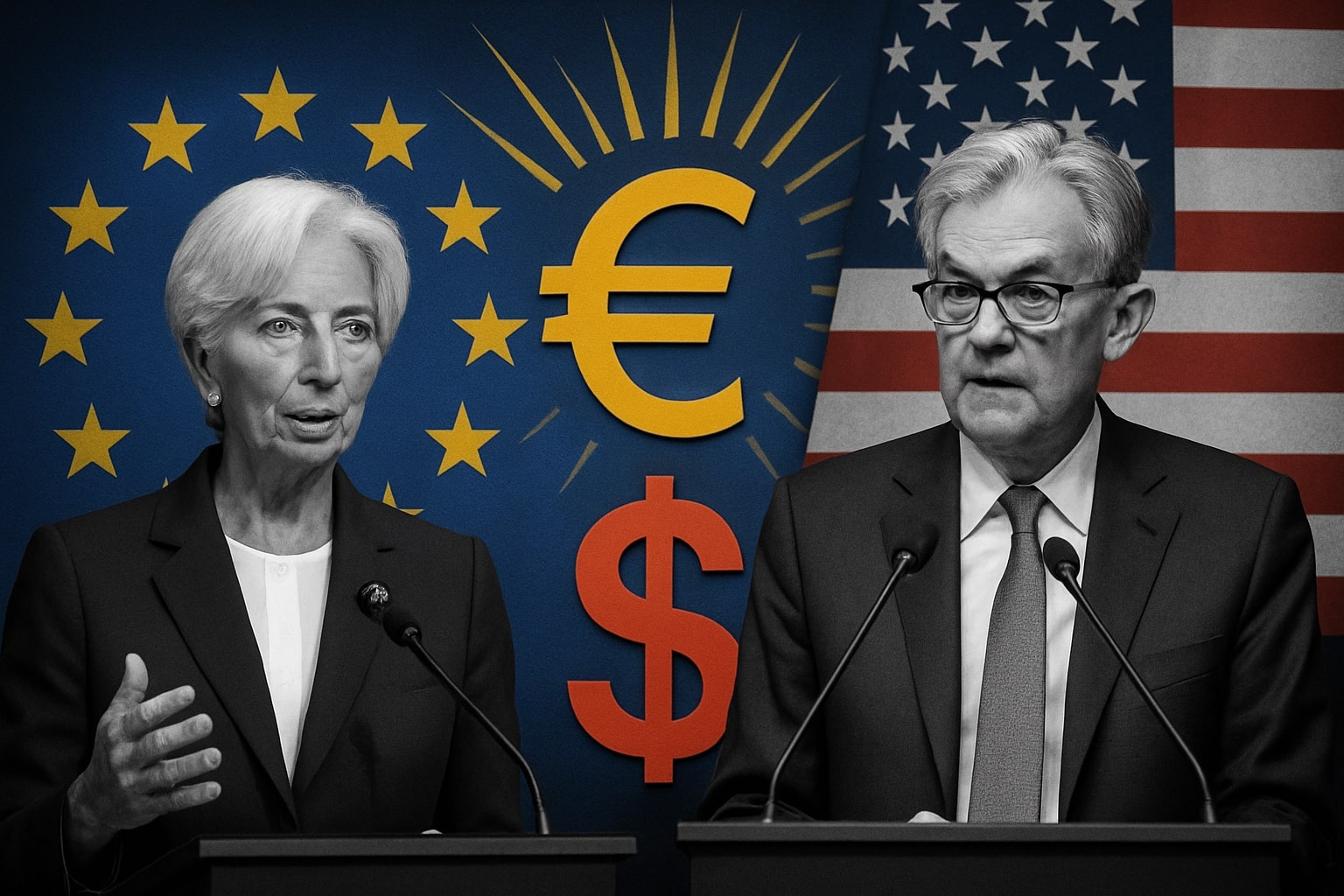Technical Structure Shows 150.00 as Crucial Support Zone
From a technical perspective, USD/JPY continues to respect the 150.00 level as a critical support line, with repeated tests failing to produce sustained breakdowns. The 200-day moving average near 147.90, coinciding with the 23.6% Fibonacci retracement of the 2021–2024 rally, remains an untested safety net for bulls. As long as the pair holds above 148.00, the broader trend remains upward.
The short-term setup suggests consolidation between 150.00 and 152.00, with breakout potential toward the October 10 high at 153.27 if political stability solidifies and the BoJ refrains from hawkish surprises. Momentum indicators are neutral to bullish, with RSI hovering around 55 and the MACD histogram showing positive divergence for the first time since early October. A sustained move above 151.50 could confirm renewed bullish acceleration.
Market Positioning Reflects Persistent Yen Bearishness
CFTC data shows that speculative yen shorts increased by 6% week-over-week, reversing the modest covering seen earlier in the month. Institutional traders have been rebuilding long USD/JPY exposure, anticipating policy divergence to persist into 2026. Japanese exporters, meanwhile, have stepped up hedging activity near 151–152, partially capping upside momentum but confirming expectations of a weaker yen in the medium term.
Foreign investment inflows also remain tilted toward U.S. assets. Japanese pension funds and insurers have expanded their Treasury holdings as yields remain attractive, while domestic returns remain suppressed. This dynamic reinforces a structural weakness in the yen that may persist until the BoJ adopts a meaningfully restrictive stance.
Political and Economic Interplay Keeps the Yen Under Pressure
The yen’s trajectory cannot be detached from Japan’s political calculus. Takaichi’s alliance with the Japan Innovation Party ensures parliamentary support for policies aligned with fiscal expansion. That alliance, expected to be ratified by the Diet this week, essentially secures continuity in the government’s pro-growth agenda. This combination of political certainty and monetary accommodation diminishes safe-haven demand for the yen, especially as global risk sentiment improves.
Market observers believe the BoJ’s October 30 policy statement could clarify whether the bank intends to tolerate a temporary inflation overshoot or begin normalizing via yield-curve adjustments. If Ueda signals patience, USD/JPY could test the 152–153 range, with traders viewing 153.27 as the next resistance to breach. Conversely, even subtle hawkish language or intervention hints could trigger a sharp short-term pullback toward 149.50–149.00, though strong demand for dollars is expected to limit deeper declines.
External Risks: U.S. Fiscal Drama and Global Trade Factors
Developments in Washington also loom large over USD/JPY dynamics. The U.S. government shutdown standoff threatens to delay key economic releases, complicating the Fed’s decision-making. Should the impasse extend beyond October, investors may rotate into safe-haven assets, potentially strengthening the yen temporarily. However, most analysts expect a short-lived effect, as Japan’s yield disadvantage and BoJ policy inertia remain dominant forces.
In the broader context, U.S.-China relations are showing tentative improvement. Treasury Secretary Scott Bessent’s talks with Vice Premier He Lifeng eased concerns about a full-blown trade war. Any sustained thaw would benefit global risk assets and likely bolster the dollar, given the U.S. economy’s comparative strength.
Economic Data Outlook and Volatility Catalysts
Traders now await Japan’s upcoming inflation, wage, and unemployment figures, which will shape expectations for BoJ normalization. Inflation persistence near 3%, combined with subdued wage growth, would reaffirm dovish bias. In the U.S., the next CPI and PPI releases, coupled with housing and labor market data, could influence rate expectations ahead of the October 29 Fed meeting.
High-frequency volatility is expected around these releases, with implied one-week volatility in USD/JPY climbing to 10.8%, its highest in three weeks. Options markets indicate elevated demand for topside protection, implying traders are hedging against yen weakness rather than yen strength.
Verdict: Bullish Bias Sustained with Target at 153.00
As of October 20, USD/JPY trades near 150.80, holding firm despite short-term pullbacks. The alignment of domestic political developments, BoJ caution, and persistent U.S.-Japan rate divergence reinforces a bullish outlook. A sustained daily close above 151.50 could pave the way for a test of 153.00, while downside remains cushioned at 149.50–148.00.
Based on current fundamentals and market structure, USD/JPY (USDJPY) remains a Buy, with a near-term target of 153.00 and potential extension toward 154.50 if the BoJ defers tightening into 2026.




















